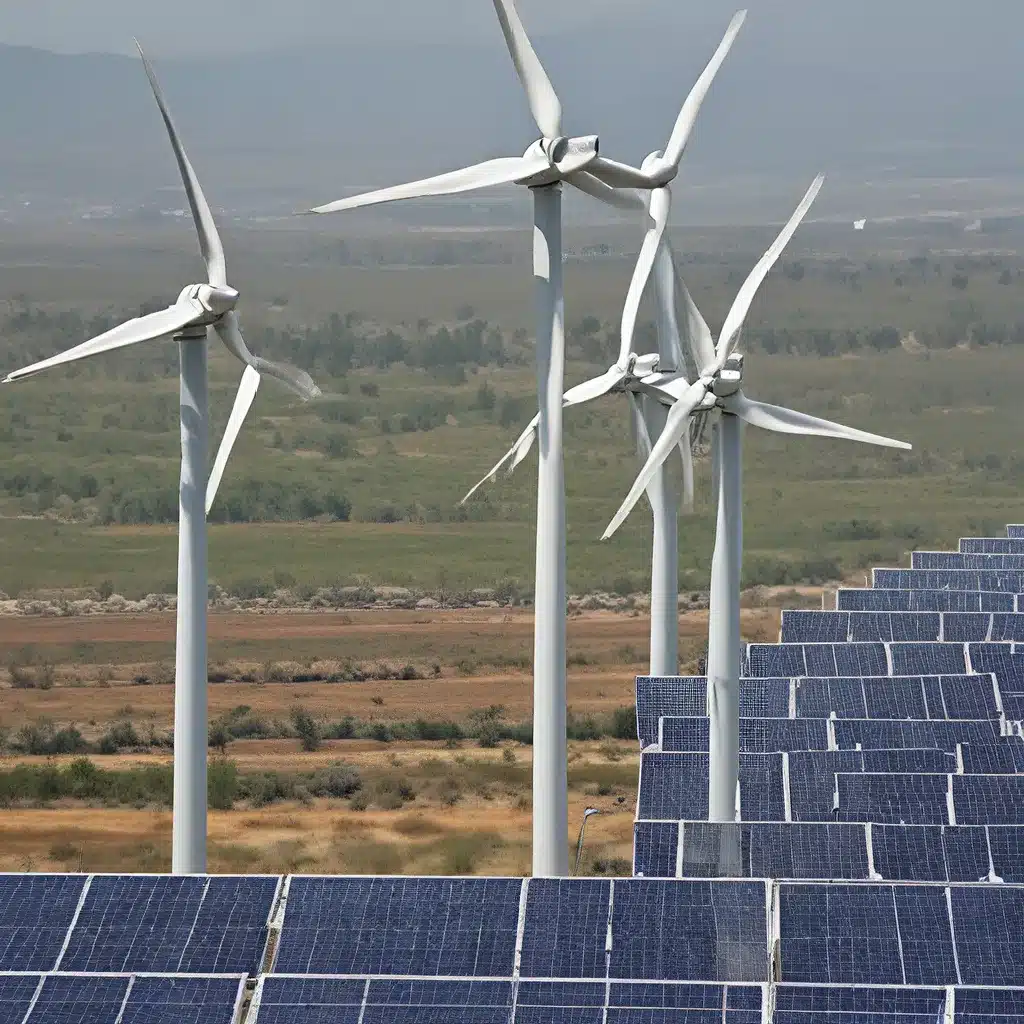
As we stand on the precipice of a renewable energy revolution, it’s time to take a long, hard look at the utility regulations that govern our power systems. These regulations, crafted in a bygone era, are proving increasingly ill-suited to the dynamic and decentralized nature of modern renewable energy sources.
Adapting to a Changing Energy Landscape
The traditional utility model was built around the centralized generation and one-way distribution of electricity. But the rise of distributed solar, wind farms, and other renewable technologies has fundamentally disrupted this paradigm. Suddenly, we have a multitude of energy producers – from homeowners to community cooperatives – all feeding power back into the grid.
“The utility of the future will be a platform operator and service provider, not just a traditional generator and distributor of electricity.” – NREL report
This shift demands a rethinking of how we regulate and incentivize utilities. Rigid rate structures and outdated performance metrics are hampering the transition to a renewable-powered grid. We need a more flexible, adaptable framework that encourages innovation and aligns the interests of utilities, consumers, and the environment.
Embracing the Decentralized Future
At the heart of this challenge is the need to decentralize our energy system. Instead of a top-down, one-size-fits-all approach, we must empower local communities and individual prosumers (producers and consumers) to participate in the energy transition.
This could mean streamlining permitting for rooftop solar, incentivizing energy storage, and rewarding demand-side flexibility. It might also involve revamping rate structures to fairly compensate distributed energy resources and aligning utility incentives with societal goals.
“Rethinking utility regulation is essential to unlocking the full potential of renewable energy and distributed resources.” – IMF report
By embracing this decentralized future, we can foster a more resilient, responsive, and sustainable energy system. It’s a future where everyone can play a role in powering our communities.
The Need for Collaborative Policymaking
Of course, this transition won’t be easy. Entrenched interests and siloed decision-making have long hampered progress in the energy sector. But I believe we’re at a pivotal moment where collaboration and creative problem-solving can pave the way for meaningful change.
“Rethinking Energy is not just about technology – it’s about rethinking our entire energy system, from regulation to business models to consumer engagement.” – IRENA report
Policymakers, utilities, renewable energy providers, and community stakeholders must come together to co-create the regulatory frameworks of the future. By aligning incentives, sharing data, and embracing experimentation, we can unlock the full potential of renewable energy and build a more sustainable, equitable energy future.
Toward a Renewable-Powered Tomorrow
The road ahead may be winding, but the destination is clear: a future powered by clean, renewable energy. By rethinking utility regulation, we can accelerate this transition, empowering individuals and communities to take control of their energy destiny.
And who knows, maybe along the way, we’ll even find a way to make the process a little more fun – after all, what’s more exciting than rewiring the very foundations of our energy system? 😉
So let’s roll up our sleeves, get creative, and build the renewable energy future we know is possible. Because when it comes to powering our world, the possibilities are endless – we just need the right regulations to unlock them.
If you’re ready to join the renewable energy revolution, be sure to check out the services offered by Firewinder – a leading provider of innovative renewable energy solutions. Together, we can rethink, redefine, and reimagine the way we power our world.

